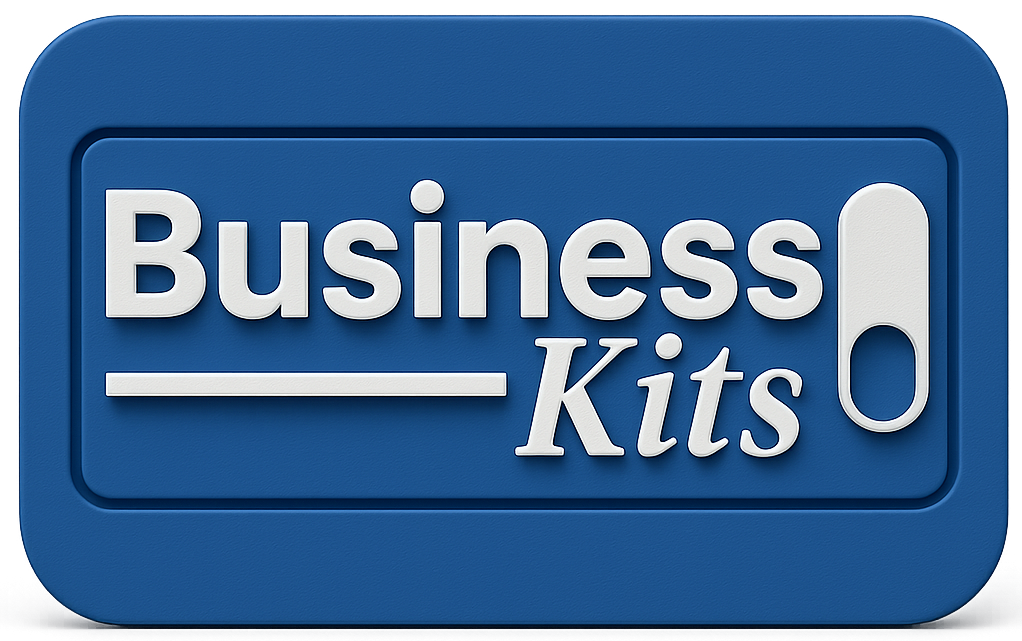DeFi has transitioned from a niche market to a central pillar of global finance. In 2025, more individuals and businesses are using decentralized platforms for lending, borrowing, and earning interest. Traditional financial institutions have embraced blockchain to improve transparency and efficiency, offering hybrid models that combine conventional services with DeFi innovations.
Key advancements in this space include:
Global supply chains are leveraging blockchain to enhance transparency, reduce fraud, and improve sustainability. Consumers now demand more visibility into the origins of products, and blockchain’s immutable ledger ensures that every step—from raw material sourcing to final delivery—is traceable.
In 2025, we see:
The healthcare industry has long grappled with issues of data security and interoperability. Blockchain addresses these challenges by providing a secure, decentralized way to manage medical records, enabling patients to control their data while ensuring its accuracy and privacy.
2025 developments include:
Non-Fungible Tokens (NFTs) have evolved beyond digital art and collectibles to power real-world applications. In 2025, NFTs are integral to industries like real estate, fashion, and entertainment.
Emerging use cases include:
Governments worldwide are embracing blockchain for governance and monetary policy. Central Bank Digital Currencies (CBDCs) are now a reality, with many nations adopting blockchain-based currencies to enhance financial inclusion and streamline cross-border transactions.
Highlights from 2025:
Sustainability has become a critical focus for blockchain development. Energy-efficient consensus mechanisms like Proof of Stake (PoS) and new innovations in carbon-neutral blockchains are addressing concerns about the environmental impact of blockchain technology.
2025 green initiatives:
Blockchain is reshaping education and employment, providing verifiable credentials, and fostering decentralized learning platforms. Digital certificates stored on blockchains have eliminated issues of credential fraud, while blockchain-based DAOs (Decentralized Autonomous Organizations) redefine workplace structures.
By 2025, we witness:
The blockchain revolution is in full swing, transforming how we conduct business, interact with governments, and manage our personal lives. As we move deeper into 2025, the focus remains on creating scalable, secure, and sustainable blockchain solutions that deliver value to billions worldwide. The decentralized era has just begun, and the possibilities are endless.
Whether you’re an entrepreneur, developer, or curious observer, now is the time to explore blockchain’s transformative potential. The future is decentralized—are you ready to be part of it?
